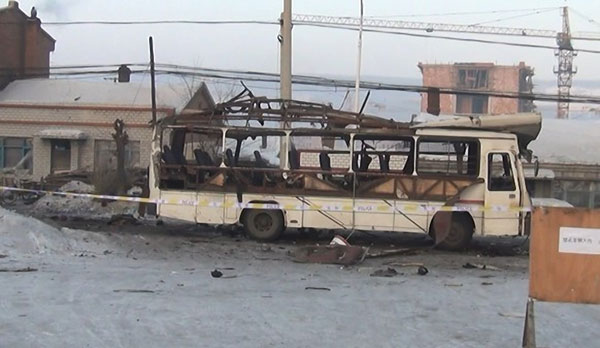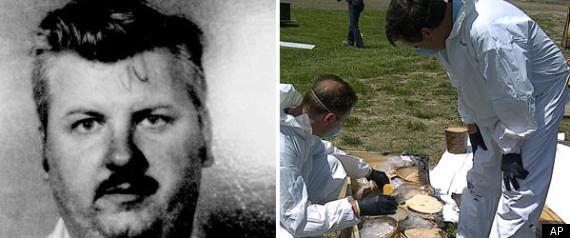
Missing waiter Russel Rebello last spoke to his family six days before the Costa Concordia went down.
In a phone call, he wished his wife and son a happy new year, adding how sorry he was work had taken him away from the celebrations.
Witnesses have said the last positive sighting of the Indian-born 32-year-old was as he made his way to a muster station at the restaurant at the back of the Costa Concordia, on deck five of the ship.
He is one of two people whose bodies have still not been recovered a year after cruise ship hit rocks and ran aground.
The crew member's brother Kevin has maintained a constant vigil, shuttling from his home in Milan to the island of Giglio every few weeks.
Kevin has also set up a Facebook page in memory of his brother in which he asks anyone who may have any information to contact him.
This weekend, Kevin made the journey to Giglio to gather with survivors and rescuers to remember the tragic events of January 13 last year.
He said: "I've not lost hope. I know the official search stopped a long time ago but I will continue to look for my brother's body.
"I watch every news bulletin or programme on the Concordia in the hope of finding some piece of information that will help me find my brother.
''I'm doing it not only for my own peace but also for the sanctity of my parents who are both very old.
"All they want is to give my brother a proper Christian burial. They want a tomb so that they can go there and pray for him. We are all very religious.
''For us this is something that has not stopped it has continued for weeks, months, and now we have reached the first anniversary.
"The circumstances for us are very different as we do not have a body, and we are not the only ones in that situation - one of the female passengers is also still missing.
''Those 30 people who lost loved ones on the Concordia have some closure as they have a body that they have buried and maybe a gravestone to pray at, but we don't have anything.
"More than anything we would just like to find Russel's body so we can bury him and draw a line on what happened.''
Kevin paid tribute to the islanders on Giglio and said: ''They have been so welcoming and friendly towards me. They have made me feel welcome and at home each time I go to Giglio - the mayor above all has been very friendly and warm. Giglio has become my second home."
Kevin revealed he has had several phone conversations with the Concordia's captain, who is accused of multiple manslaughter, causing a shipwreck and abandoning the ship while dozens of the 4,200 passengers and crew were still on board and waiting to be rescued.
Francesco Schettino has not been charged but is living under court-ordered restrictions pending a decision on whether to indict him.
Kevin, who runs a fitness centre in Milan, said he bore no grudges against the captain, who is said to have altered the ship's course so he could carry out a sail-by-salute of Giglio and took the Concordia onto rocks, tearing a fatal 70-metre gash in its hull.
He said: ''We last spoke the day after Christmas. I wished him a merry Christmas - it was the fourth time we have spoken and we both wished each other a merry Christmas. We have never gone into the details of what happened that night. It's not up to me to judge him, that is for a court.
''I know many people would be surprised to hear that I have no bitterness towards him because people think he was responsible for what happened to my brother, but do you think by not speaking to him I will get my brother back?
''He said he regretted the incident, but what I will say is that I'm not so sure it was ultimately his fault - I think there were others involved and many people had a share of responsibility.''
Kevin added: ''All we want is for my brother's body to be found - this is very hard for all of us and I wouldn't wish it on any other family.
"My brother has a son Rhys, who is four years old - he doesn't really understand what has happened but when he is older we will tell him what a kind and good man his father was.
''We just want a body so that we can put an end to this - no-one can give us the answer to the question we want, my parents have been crying all the time, they just want my brother's body so they can grieve for him properly.
''Of course we understand that it is a difficult job, it is a massive operation and it's not something that can be done in a matter of days or weeks. When I am not on Giglio I keep track by looking at the webcam pointed on the Concordia.
''My only other prayer apart from getting my brother's body back is that no-one is killed or seriously hurt while working on salvaging the Concordia.''
Kevin also revealed how for the first time he was apprehensive about returning to Giglio for the commemoration.
'I'm looking forward to going back as I'm always made so welcome - but this time will be exactly a year after my brother was lost. It will be difficult for me and for the others there.
''When I see the ship I will be thinking of my brother, of how kind and helpful he was and how the last time he was seen he was giving life jackets out to the passengers and crew. That's the sort of man he was, he would always help people and he was always happy and smiling.
''It's difficult to put into exact words but I think this time it will be frightening to see the ship.
"A lot of people have said how it looks like something from the movies, but this isn't Hollywood this is real life.''
Sunday 13 January 2013
http://news.sky.com/story/1037400/costa-concordia-hunt-for-russel-rebellos-body








